
Chengye International
Make every attempt to serve customers and assist in the development of enterprises
Qingdao Chengye International Logistics Co., Ltd. (referred to as Chengye International) was established in August 2000. Its predecessor was China COSCO Shipping Logistics Joint Venture and it was the founding company of ZG-EXPRESS Group. For more than 20 years, we have never forgotten our original intention...
Explore more2000Year
Company Establishment Date
5000+
Number of service customers
200+
Number of in-service employees
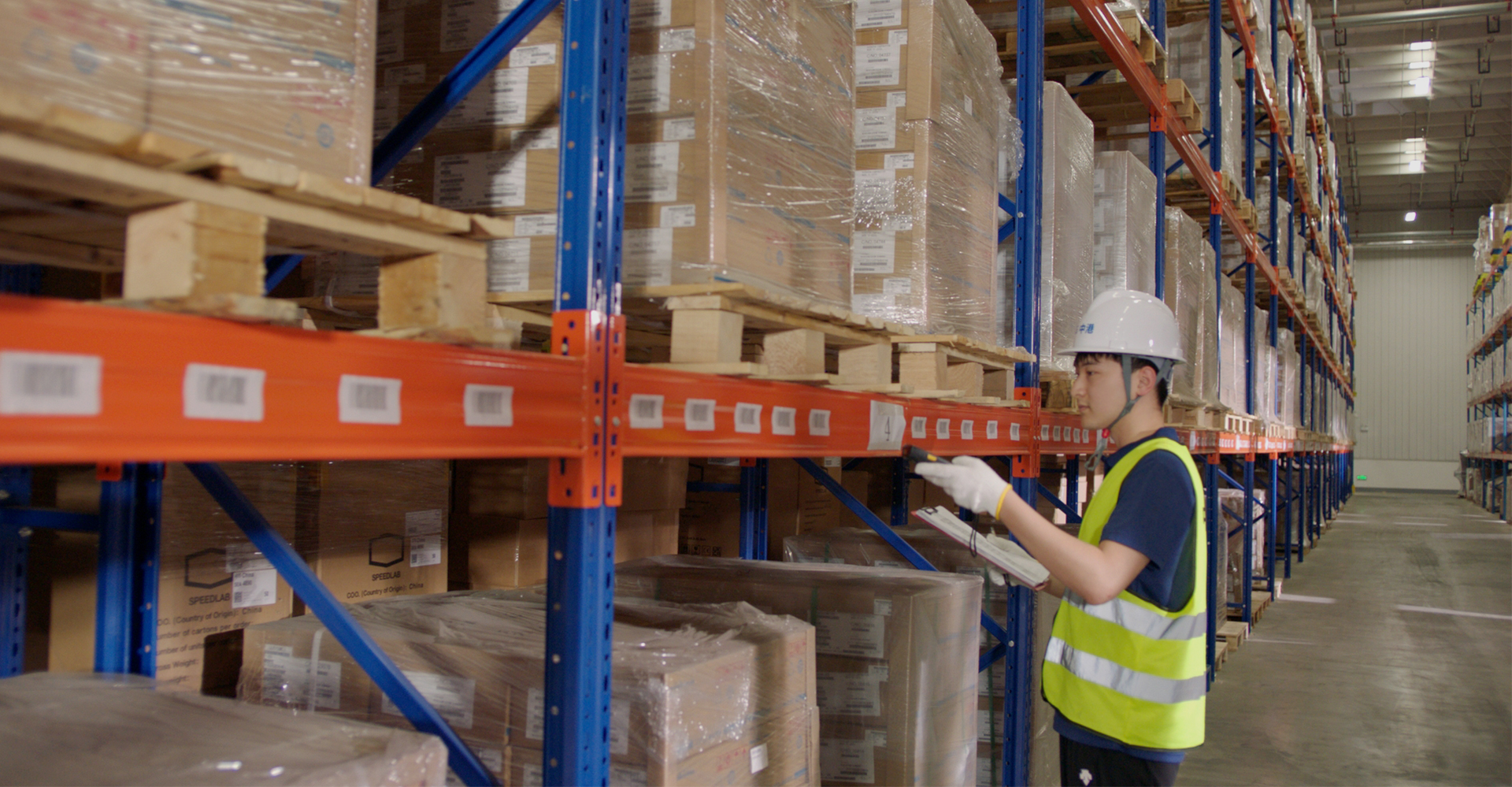
 Warehousing services
Warehousing services
As a subsidiary of Qingdao ZG-EXPRESS Supply Chain Group, Chengye International shares the resources of the group company. The group company has a bonded warehouse, general cargo warehouse, and constant temperature food warehouse of 60000 square meters, a bulk container yard of 20000 square meters, an import and export commodity exhibition hall of 2000 square meters, and an annual inbound and outbound loading and unloading capacity of 700000 tons...
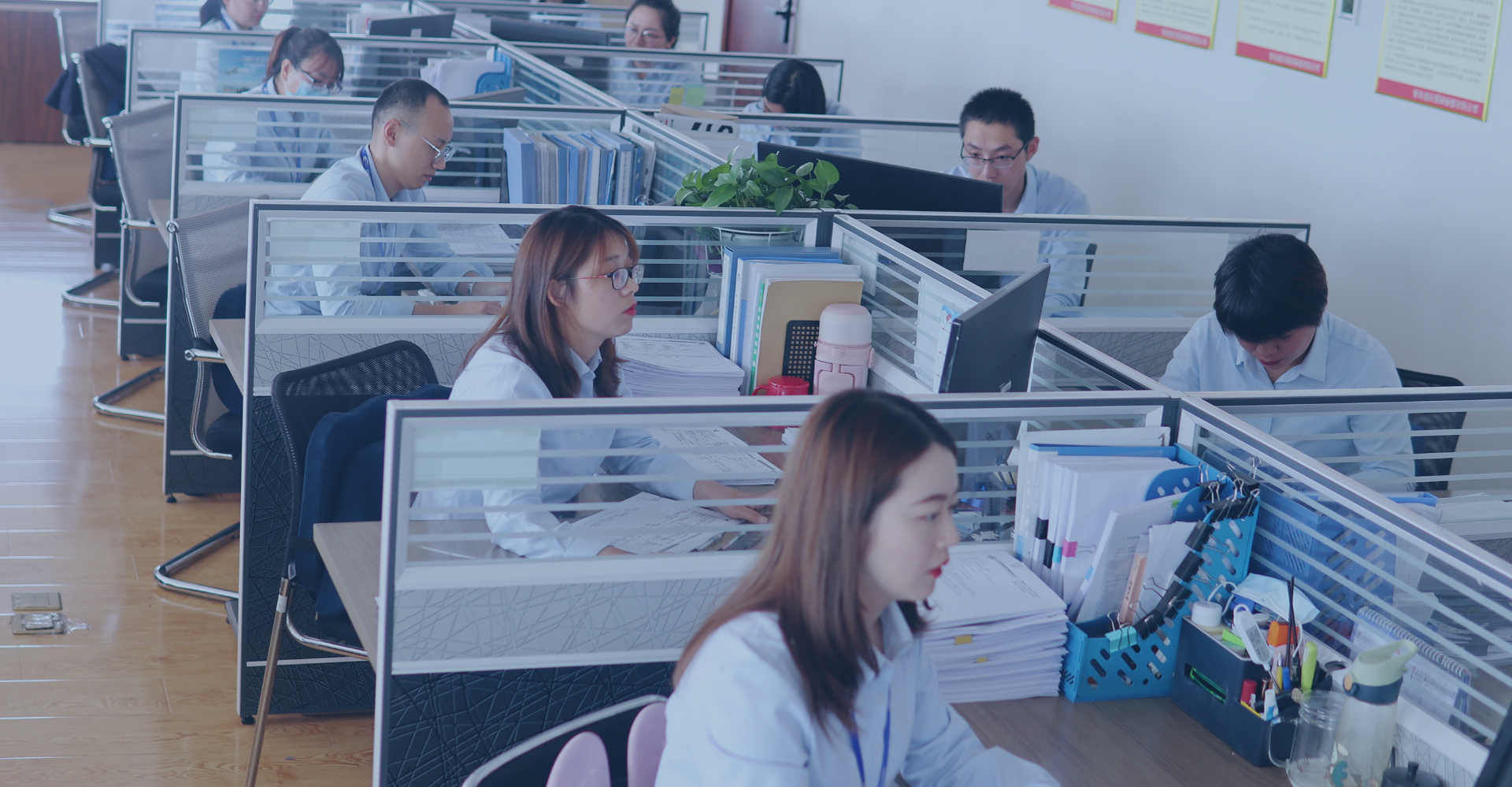
 Customers clearance
Customers clearance
Committed to providing customers with "one-stop" supply chain services, fast and efficient, making them feel at ease and worry free.The company has three major tax management centers, namely the Mechanical and Electrical Customs Clearance Center, the Chemical Textile Customs Clearance Center...
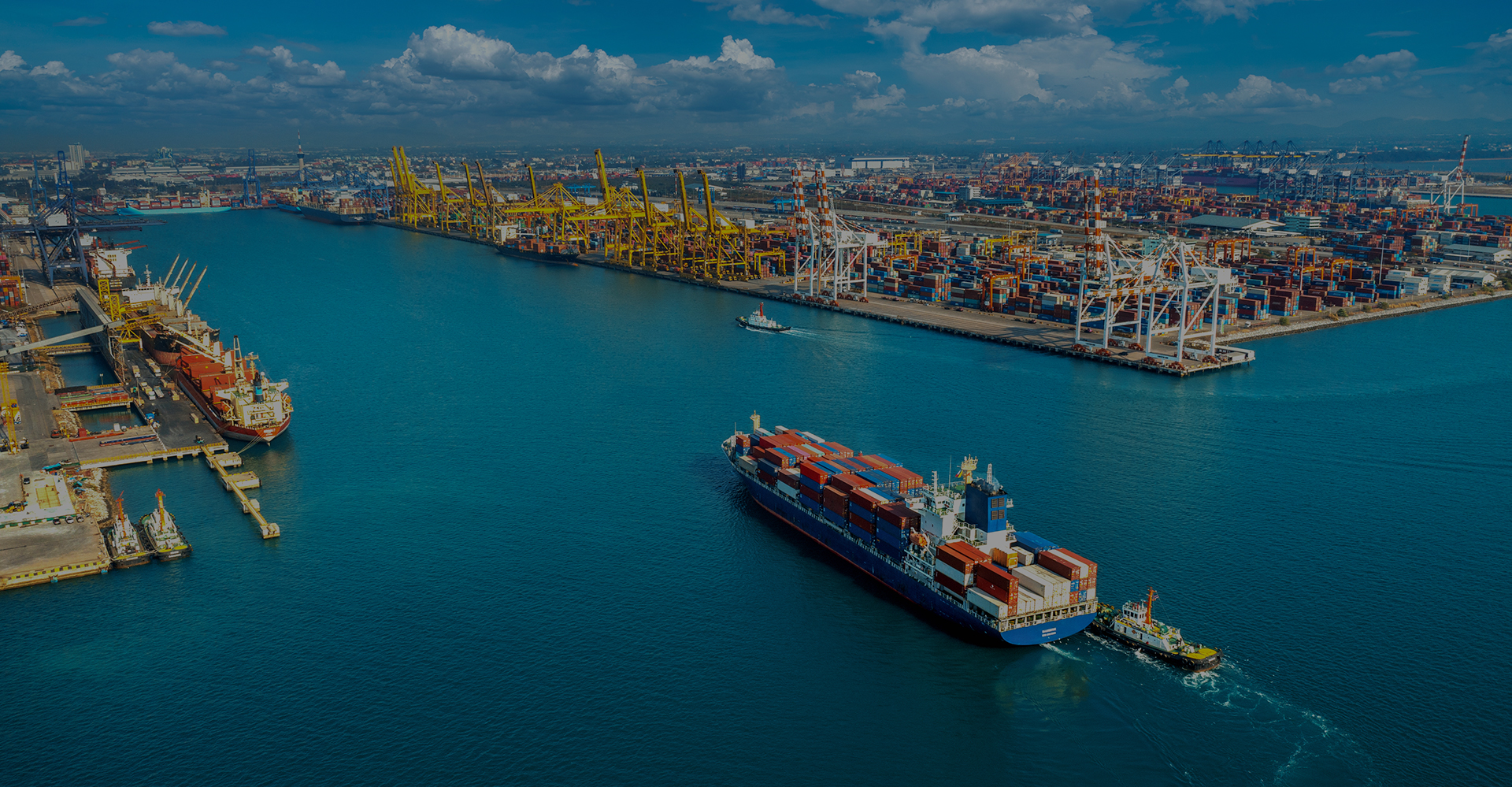
 Freight forwarding services
Freight forwarding services
The company jointly carries out all factor logistics freight forwarding business through subsidiary companies and departments, with teams operating on sea, land, air, and rail. Based on customer business characteristics and needs, the company can design different transportation methods or combine different transportation methods from the customer's perspective to achieve...
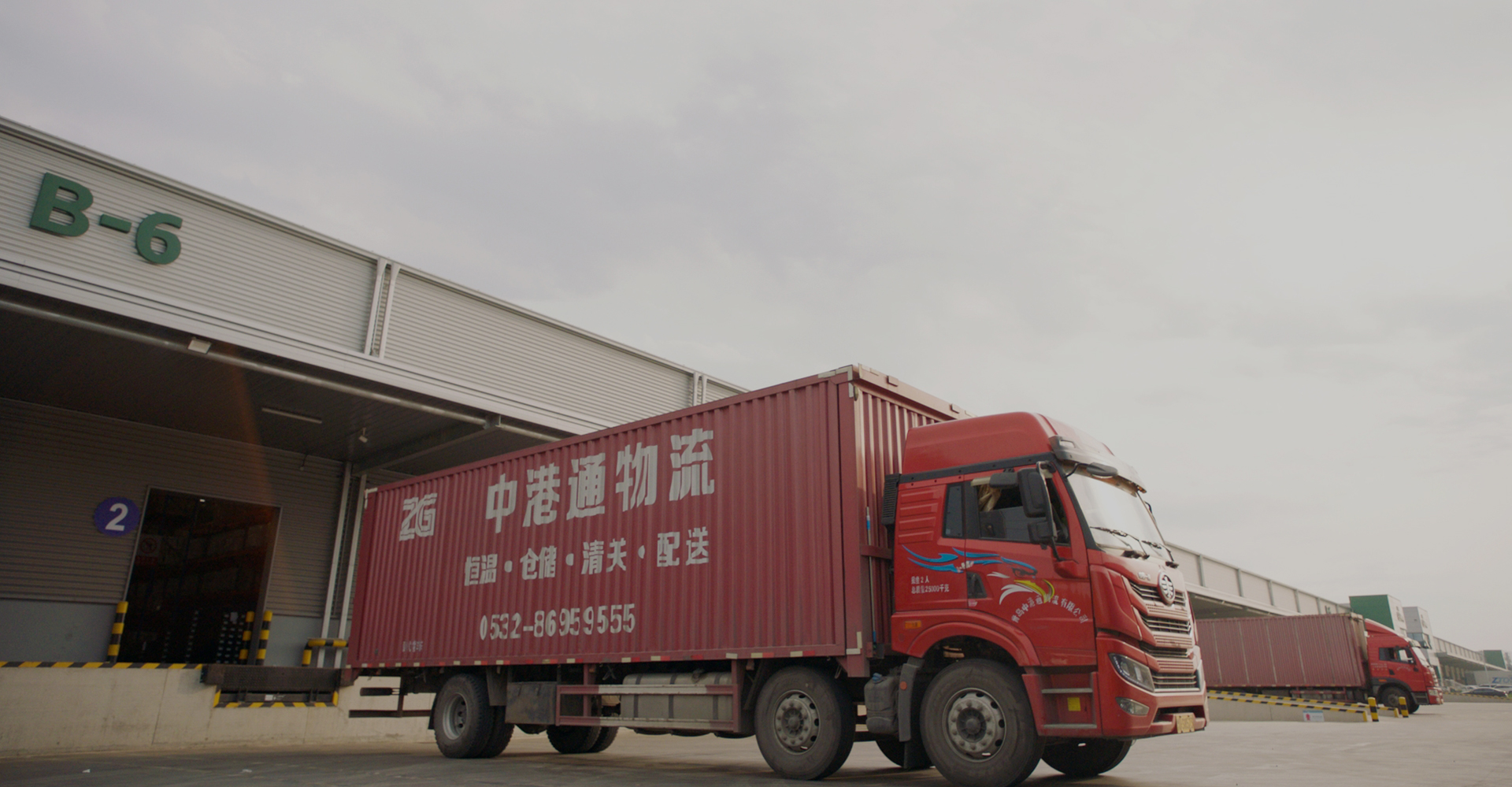
 Transportation services
Transportation services
The transportation service center has one business manager, two full-time dispatchers, three internal staff, and several drivers. We currently have 8 self owned vehicles and over 300 agreement vehicles, relying on the company's warehouse business to operate transportation and warehousing one-stop services. Real time positioning and tracking of vehicle transportation process, with drivers regularly communicating...
Explore more
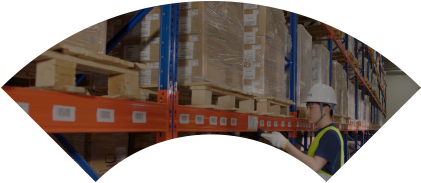
 Warehousing services
Warehousing services


 Customers clearance
Customers clearance

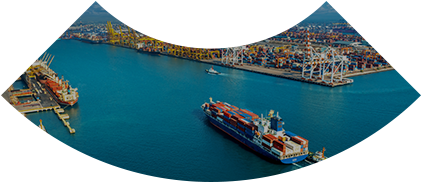
 Freight forwarding services
Freight forwarding services

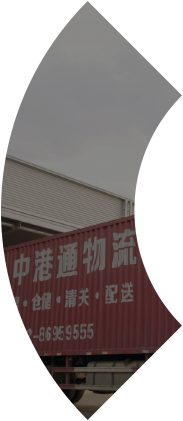
 Transportation services
Transportation services

Business Area
News
 Company News
Company News
刚果(布)外交与经济全球化研修班成员一行来访中港通集团交流考察
2023-08-08
 Company News
Company News
合作·赋能·共赢!第二届中国(青岛)国际物流博览会圆满结束
2023-07-21

Cooperate Partner

纷美包装
“通过跟诚业的合作,我们感受到了诚业快速高效的清关能力、可靠的品质保证、完美的交付能力、出色的售后服务。”--纷美包装
纷美包装是全球屈指可数的液体食品无菌包装综合供应商之一,致力向领先的液体乳制品及非碳酸软饮料生产商提供高性价比无菌卷筒包装材料和辊式送料灌装机方面的支持服务。




三美
“从诚业物流成立至今,三美就与诚业保持着很好的合作关系,感谢诚业专业真诚的服务,希望今后能一如既往的愉快合作。”--三美
三美(Mitsumi)是三美电机株式会社旗下品牌,总部位于日本,是日本综合零部件制造商,致力于提供半导体、天线、网络通讯设备等产品。




海化
“跟中港通的合作让我们没有后顾之忧。业务流程的专业,解决问题的能力,服务客户的态度,是与之合作的关键。”--山东海化集团
山东海化集团有限公司为国有大型企业集团,是全国重要的海洋化工生产和出口基地、国内盐化工龙头企业。




中石化
“我们很庆幸选择了诚业。自业务开展以来,诚业服务优质,业务专业,售后贴心,让双方共赢。”--中石化
中石化浙江舟山石油有限公司系中国石油化工集团所属的全资子公司(中国石油化工集团是中国最大的石油、石化产品生产商和供应商之一,全球500强企业),青岛诚业国际物流有限公司与中石化浙江舟山石油有限公司合作十余年之久。


